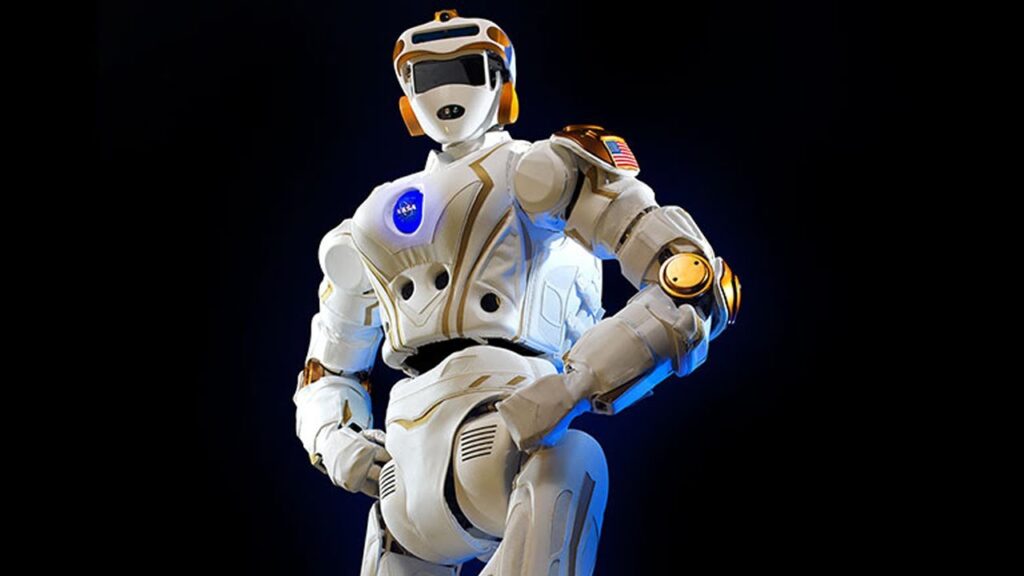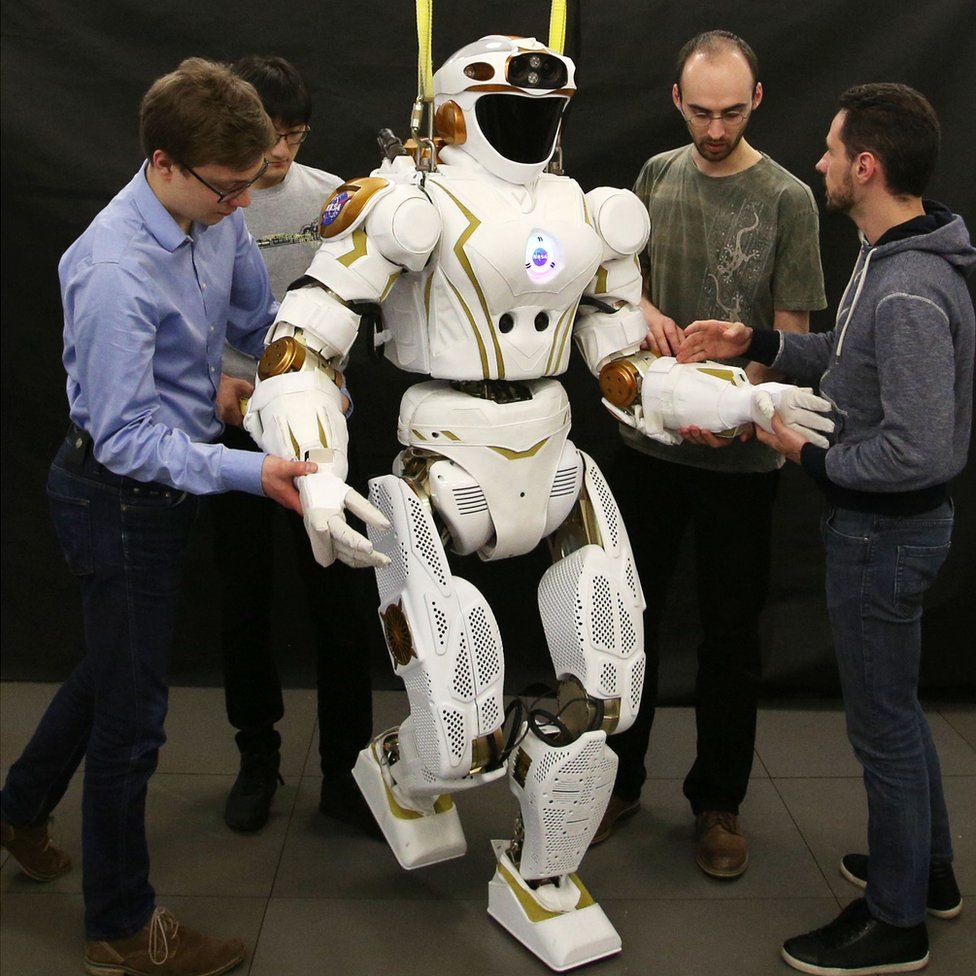NASA’s humanoid robot, Valkyrie, has embarked on a new mission in Australia, delivering its advanced capabilities to Woodside Energy in Perth. The collaboration aims to explore the robot’s potential for remote caretaking of uncrewed and offshore facilities, prioritising safety for personnel and the environment. This partnership between NASA and Woodside Energy holds the promise of enhancing operational efficiency and extending human reach through advanced robotic systems.
Advancing Robotic Systems for Safer Operations:
Shaun Azimi, the lead of NASA Johnson’s dexterous robotics team, expressed enthusiasm about the new phase of development and testing of advanced robotic systems. The deployment of Valkyrie is expected to enable safer operations in hazardous environments, positively impacting life on Earth. These demonstrations will evaluate the robot’s potential to extend human reach and facilitate safe exploration and work in any setting.
NASA-Woodside Energy Partnership:
As part of the partnership agreement, Woodside Energy will provide valuable data and feedback to NASA. This collaboration ensures the exchange of knowledge and experience, allowing NASA to accelerate the maturation of robotic technology. Lessons learned from this mission will not only benefit NASA’s Artemis missions but also contribute to Earth-based robotics objectives.

Valkyrie: NASA’s Bipedal Humanoid Robot:
Valkyrie stands at an impressive 1.8 metres tall and weighs 125 kg, designed to undertake critical tasks in dangerous environments on both Earth and in space. NASA highlights that testing Valkyrie’s development on Earth will contribute to the ongoing advancement of robotics and automation for space exploration. The agency envisions utilising Valkyrie on the Moon for long-term worksites and habitats during future Artemis missions, even in the absence of astronauts.
Remote Control Capabilities for Enhanced Supervision:
Recognizing the time delay in communication between Earth and Mars, NASA has focused on improving remote control technologies and developing fully autonomous robots. Valkyrie and other advanced mobile robots are viewed as vital tools for enabling humans to supervise dangerous work remotely and delegate repetitive tasks. This allows astronauts to concentrate on higher-level responsibilities and contribute to the deployment and maintenance of robots in space and on Earth.

Collaborative Training and Preparation:
The NASA dexterous robotics team from Johnson travelled to Woodside’s headquarters in Perth, Western Australia, to deliver Valkyrie. The team conducted training sessions, ensuring the Woodside team is equipped to operate the robot effectively. This collaborative effort aims to leverage Valkyrie’s capabilities to enhance inspection, maintenance, and other crucial activities, expanding the possibilities for remotely operated mobile robots in various industries.
The collaboration between NASA’s Valkyrie robot and Woodside Energy represents a significant step towards safer and more efficient operations in hazardous environments. By harnessing the robot’s remote caretaking capabilities, the partnership aims to enhance personnel safety and environmental protection. As Valkyrie begins its mission in Australia, valuable knowledge and experience will be gained, benefiting future space exploration and Earth-based robotics endeavors.
